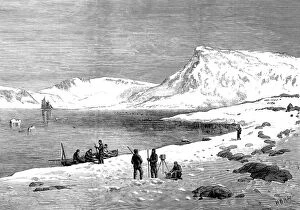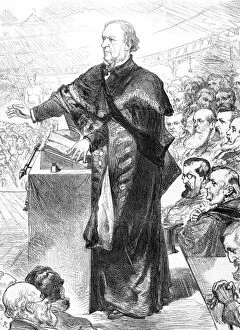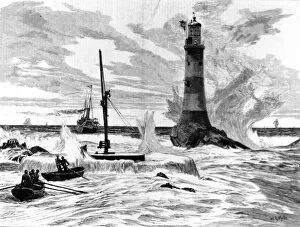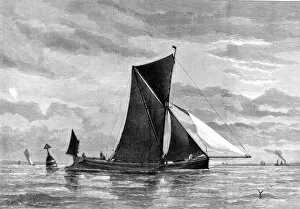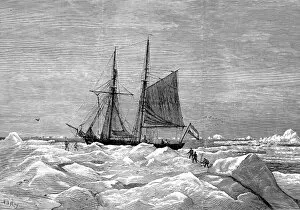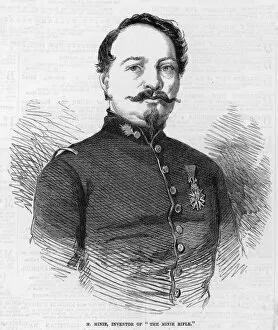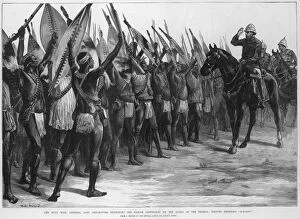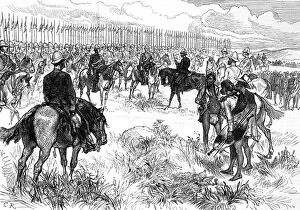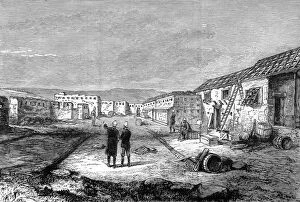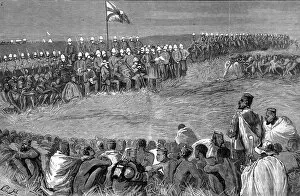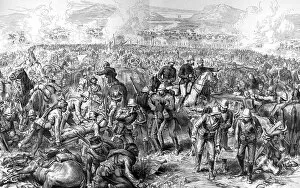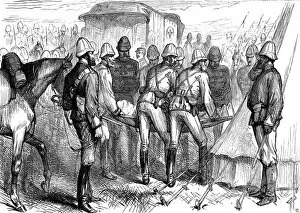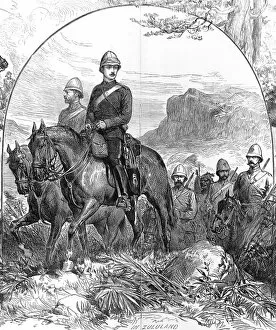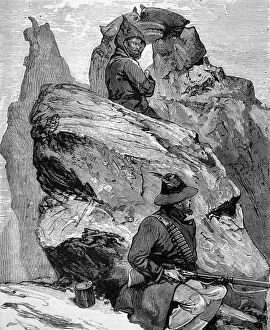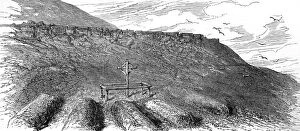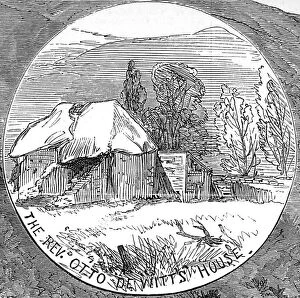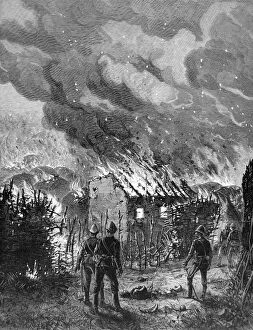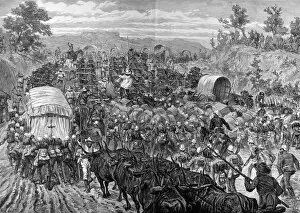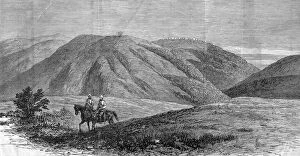1879 Collection (#73)
"1879: A Year of Triumphs, Tragedies, and Transformations" In 1879, the world witnessed a series of remarkable events that left an indelible mark on history
For sale as Licensed Images
Choose your image, Select your licence and Download the media
"1879: A Year of Triumphs, Tragedies, and Transformations" In 1879, the world witnessed a series of remarkable events that left an indelible mark on history. From political upheavals to architectural marvels, this year was truly one for the books. One notable figure who emerged during this time was Leon Trotsky. In 1920, he rose to prominence as a key leader in the Russian Revolution, shaping the course of history with his revolutionary ideals. Meanwhile, in the realm of sports, Aston Villa FC made its debut. This iconic football club would go on to become one of England's most successful teams and etch their name into sporting folklore. Amidst these triumphs stood four majestic structures - the Eddystone Lighthouses. These beacons guided countless ships through treacherous waters and symbolized mankind's unwavering determination to conquer nature's challenges. On a more spiritual note, Bernadette experienced an apparition captured anonymously in a photograph. This ethereal encounter sparked awe and wonder among believers worldwide. Across continents, Wall Street became synonymous with financial prowess as bulls and bears battled it out in William H. Beard's allegorical painting titled "Bulls and Bears in the Market. " This artwork depicted both hope and despair within America's bustling economic landscape. The Zulu War at Rorke’s Drift showcased bravery against all odds as British soldiers defended their position against overwhelming enemy forces – a testament to human resilience even amidst chaos. Closer to home shores stood Lumley Castle – an architectural gem that has stood tall since 1879 – reminding us of our rich heritage preserved through time. In Ireland’s County Mayo came another mystical occurrence known as the Apparition at Knock. The faithful flocked there seeking solace from divine intervention while witnessing something beyond comprehension. Not forgetting technological advancements; Eddystone Lighthouse underwent significant development from its humble wooden structure in 1696 to its modern form in 1879.


